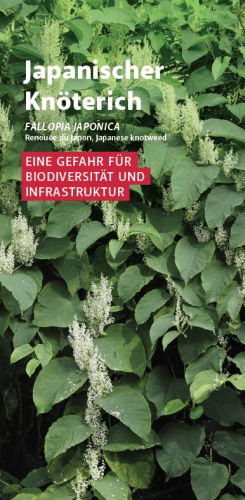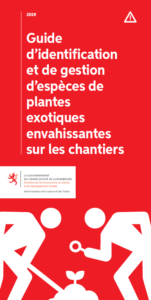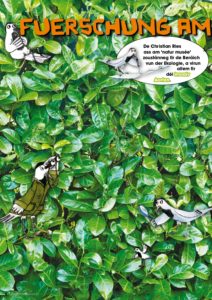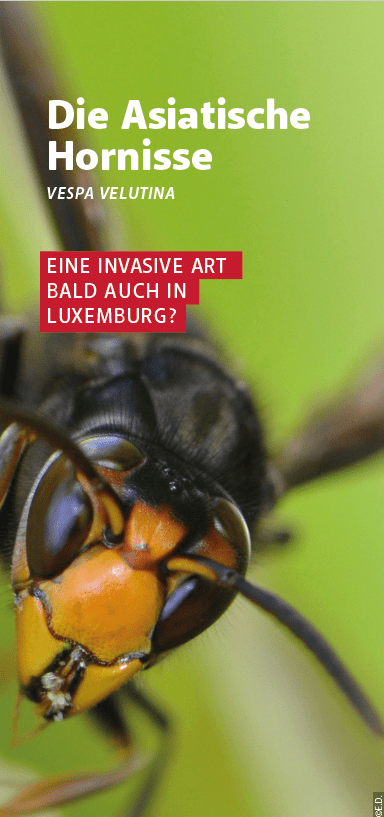The atlas contains an updated map of the invasive East Asian bush or rock pool mosquito Aedes japonicus.
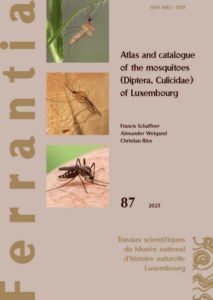 Schaffner F., A. Weigand & C. Ries, 2023. – Atlas and catalogue of the mosquitoes (Diptera, Culicidae) of Luxembourg. Ferrantia 87, Musée national d’histoire naturelle, Luxembourg, 117 p. [PDF 5.2 MB]
Schaffner F., A. Weigand & C. Ries, 2023. – Atlas and catalogue of the mosquitoes (Diptera, Culicidae) of Luxembourg. Ferrantia 87, Musée national d’histoire naturelle, Luxembourg, 117 p. [PDF 5.2 MB]
The Atlas of the Mosquitoes of Luxembourg has just been published in the Ferrantia series of the National Museum of Natural History and describes 28 species (31 taxa) of culicides found in the Grand Duchy.
Mosquito-borne diseases such as chikungunya, dengue, Usutu or West Nile, have come back to the forefront in both human and animal health. To prevent outbreaks, it is necessary to acquire a solid knowledge of the mosquito fauna in the considered area. Therefore, and since the mosquito fauna of Luxembourg was only partially known, we suggested the construction of the first comprehensive mosquito diversity and distribution database for the Grand Duchy as a base for an atlas. This atlas of the mosquitoes of Luxembourg assembles a taxonomic list and species distribution maps.
The Atlas was developed in the framework of the MosquitoLUX (2019-2022) project implemented under the auspices of the Fondation faune-flore at the Scientific Research Centre of the National Museum of Natural History in Luxembourg. The Fondation faune-flore was the host institution and administrative manager of the project.
Funding consortium :
• 50%: National Museum of Natural History, Departments of Ecology and Zoology
• 25%: Ministry of Environment, Climate and Sustainable Development
• 25%: Directorate of Health
Page content last updated on 2023-03-27. Last proofread by Caroline Grounds on 2023-03-27.

